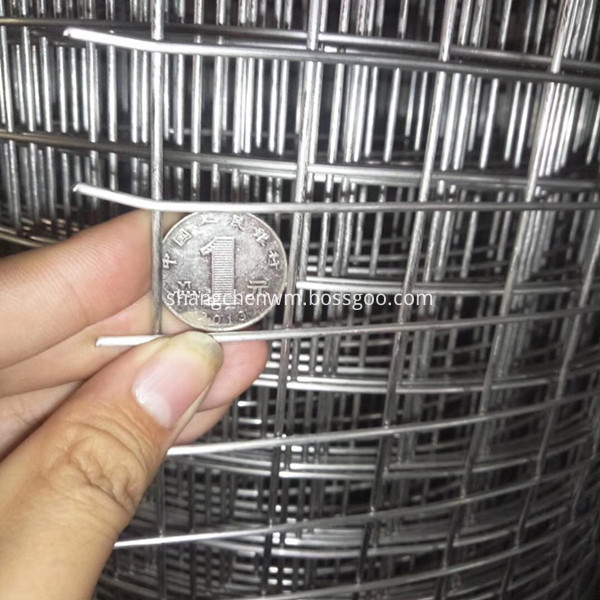Toxic yellowing
Hydrogen Sulfide Poisoning: The roots are dark and smelly of rotten eggs. The white roots are small and weak; the old leaves of the base are yellow-brown and the tips of the leaves are yellow, and then the old leaves die. There are only one or two green new leaves in the upper part.
Organic acidosis: The roots of rice plants are atrophic and rarely produce new roots. The plant roots are shed in the epidermis, and the leaves are yellow or atrophic. In severe cases, the lower leaves die and die. Rice fields with toxic yellowing should be drained immediately to improve soil permeability, increase oxygen and detoxify. In combination with cultivator, nitrogen, phosphorus, and potassium available fertilizers are applied during rejuvenation in the dry field to improve the nutritional conditions of rice plants. In rice fields with excessive organic acids, soil amendments such as quicklime can be used to neutralize acids and eliminate harmful substances.
Lack of yellowing
Yellowing of hypoxia: mainly from the tip of the old leaves began to yellow, and then gradually from the stems and leaves to the heart of the leaves, and finally to the whole plant into a yellow-green. In severe cases, the tips of the leaves and the edges of the leaves are yellowed inward, and the seedlings grow slowly. From afar, the seedlings are yellow. The appearance of this symptom should promptly apply topdressing nitrogen fertilizer such as urea and ammonium bicarbonate.
Potassium deficiency yellow: mainly occurs in high-yield rice fields where nitrogen and phosphorus are applied in large quantities. The initial performance was slow growth, short stature, little tillering, straight leaves, and top blade clusters. The new leaves are dark green and dull. The tip of the old old leaves are yellowed first. There are auburn spots of different sizes. The veins extend to the base along the leaf veins. Finally, the whole leaves become auburn, and some of them even die. In the distance, they look like being burnt. This is a typical potassium deficiency disease. Immediately drain water from this symptom, use gap irrigation, and top up potash.
Zinc deficiency yellow: Mainly occurs in the cold flooded fields in the mountainous areas, and the peak incidence usually occurs about 20 days after transplanting. The midrib of the leaf base was yellowed first, followed by yellow-red or red-brown spots, and the leaves became narrow. The veins of the leaves were brittle and fragile, and the leaves were aging rapidly. The new leaves grew slowly and the leaves were narrow, and the base and the midrib became greenish brown. Zinc sulfate and other fertilizers can be used for remediation, such as 0.1% zinc sulfate multiple foliar spray, the effect is very good.
Yellowing caused by fertilizer or phytotoxicity
Ammonia, ammonium bicarbonate and other fertilizers and pesticides, if not properly applied, can cause poisoning and yellowing, resulting in a piece of rice leaf turning into a bright yellow or golden yellow, and yellow spots sometimes have burning spots. When the injury is serious, the leaves appear spotted, chlorotic, agitated or withered, or yellowed, and some plants even die. If found timely, Tanaka can immediately deep-water irrigation, or spray water to the rice plant, can reduce the degree of injury. In addition, after the occurrence of fertilizer damage or phytotoxicity, topdressing fertilizers such as urea should be topdressed to enhance crop growth and enhance resistance.
Yellowing caused by disease infestation
Yellow leaf caused by bacterial leaf blight hazards: generally present on the leaf tip or leaf margin first, producing yellow-green or dark green spots first, then expanding into spots along the veins, appear pale, diseased and healthy parts of the obvious There are often yellow-brown "bacterial pus" on the lesions.
Bacterial streak disease caused by yellow leaves: dead heart yellow-brown dead like fake dead heart seedlings, leaves, leaf sheath brown stripes, lesions off the midrib can be seen yellow "bacterial pus." In the late stage of disease, the leaves from the top to the bottom of the leaves were yellow and far away, and they looked far red.
Bacterial base rot damage caused by yellow leaves: heart leaves withered, some have become yellow withered, like stem borer caused by the endangered stem borer, three stem borer, but the stem base often black, stem node changes Hard and brittle, easy to break and there is a rotten odor.
Welded Wire Mesh
The welded wire mesh including high quality low carbon steel welded wire mesh, stainless steel welded wire mesh, galvanized welded wire mesh, PVC welded wire mesh, etc.
Weaving type and characteristics: galvanizing before or after welding, hot-dipped, electro galvanizing, PVC coating. Strong corrosion-resisting and oxidation-resisting etc.
Usage of welded wire mesh: Widely used in industry, agriculture, building, transportation, mine, playground, lawn, cultivation, enclosure fence, decoration, machine protection, etc.


Welded Wire Mesh,Galvanized Welded Wire Mesh,PVC Coated Welded Mesh,Stainless Steel Welded Mesh,Black Welded Wire Mesh,Stainless Steel Welded Wire Mesh,Welded Wire Mesh Sheet,Stainless Steel Wire Mesh Sheet
ANPING COUNTY SHANGCHEN WIREMESH PRODUCTS CO.,LTD , https://www.scfiltermesh.com